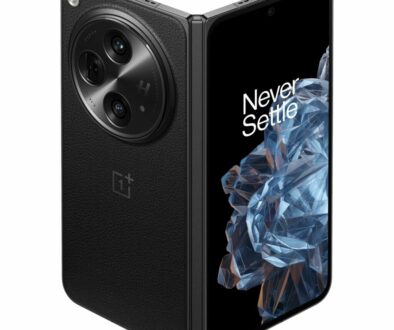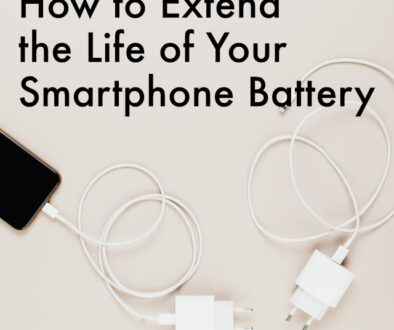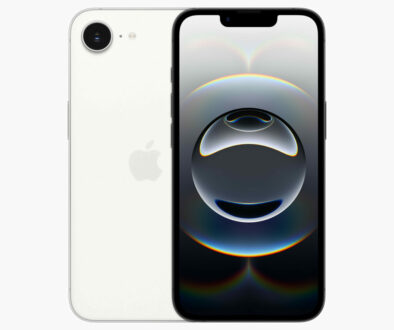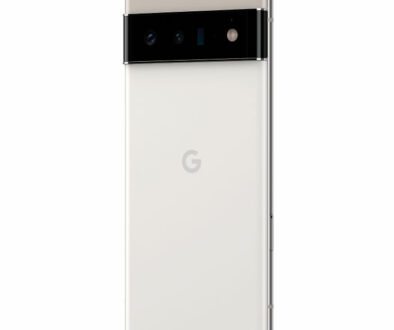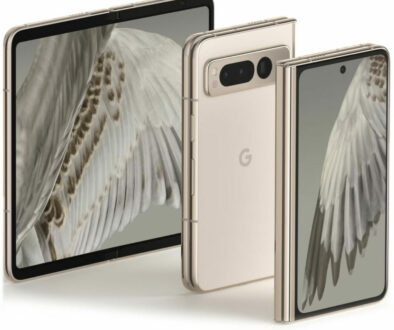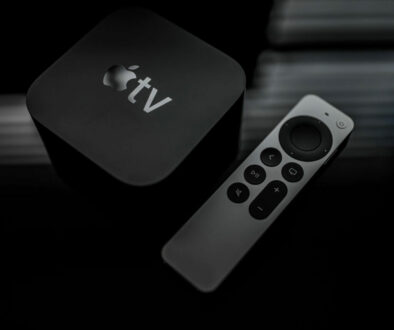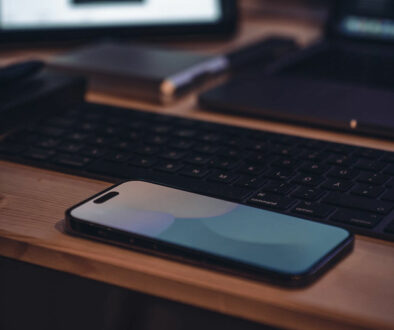iPhone 12 mini 5.4-inch Display: So much more than just the smallest 5G phone
The new iPhone 12 mini 5.4-inch is so much more than just the smallest, thinnest and lightest 5G smartphone. It is as powerful as the iPhone 12 Pro and comes with the all new square edges design. It is also the most affordable smartphone from the latest 12th generation line-up, so what are you waiting for?
Like the new iPad Pro 4th generation and iPad Air 4th generation, the new iPhone 12 and 12 Pro comes with the all new square edge design. With the iPhone 12, we are treated to not three but four different iPhones, two from each category, the standard and Pro. With the standard, there is the iPhone 12 6.1-inch and the new iPhone 12 mini with 5.4-inch display. The latter is a compact and lightweight alternative to the more recent iPhones such as the 11, XS and X with 5.8-inch OLED display.
Not just any 5.4-inch display but a 5.4-inch OLED panel or Super Retina XDR display, that on its own is already more advanced than the iPhone 11 and iPhone XR, both of which are still available from Apple alongside iPhone 12s. Just like iPhone 12 mini, they are the affordable option for their respective generations of iPhones.
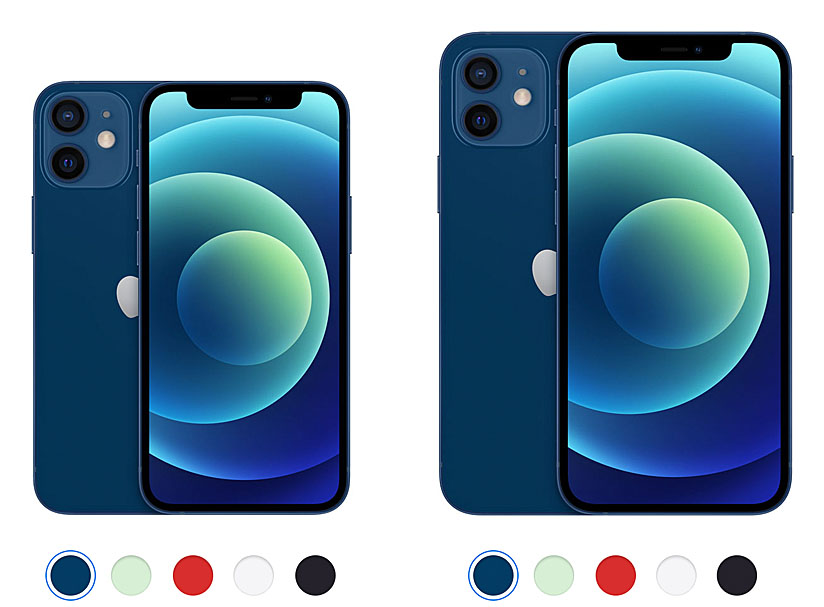
How Small is a 5.4-inch iPhone?
Not that long ago, the iPhone’s biggest offering, the iPhone 6 Plus, 6s Plus, 7 Plus and 8 Plus all had 5.5-inch LCD displays in a case with bigger footprint. The display on the new iPhone 12 mini is not that much smaller at 5.4-inch but thanks it is minimal bezel and square edge design, it is even smaller than the iPhone SE (2nd gen) with 4.7-inch display. Previous iPhone X, XS, and 11 Pro were the smallest iPhones in their generations with 5.8-inch panels. With the 12th generation iPhone 12, the smallest, lightest and most compact iPhone now falls to iPhone mini with its 5.4-inch display.
Small but Mighty
The display may be small but it packs more pixels and details than compared to to its nearest equivalent in terms of size, the iPhone 8 Plus with 5.5-inch display and being an OLED panel also means more advanced display technology, higher resolution, higher pixel density, much better contrast ratio with offers HDR support.
- iPhone 12 mini 5.4-inch display: Super Retina XDR, OLED with HDR, 2340×1080-pixel resolution at 476 ppi, 2,000,000:1 contrast ratio (typical), True Tone, Wide colour P3, Haptic Touch, 625 nits max brightness, 1,200 nits max brightness (HDR).
- iPhone 8 Plus 5.5-inch display: Retina HD, LCD with IPS, 1920×1080-pixel resolution at 401 ppi, 1300:1 contrast ratio (typical), True Tone, Wide colour P3, 3D Touch, 625 nits max brightness
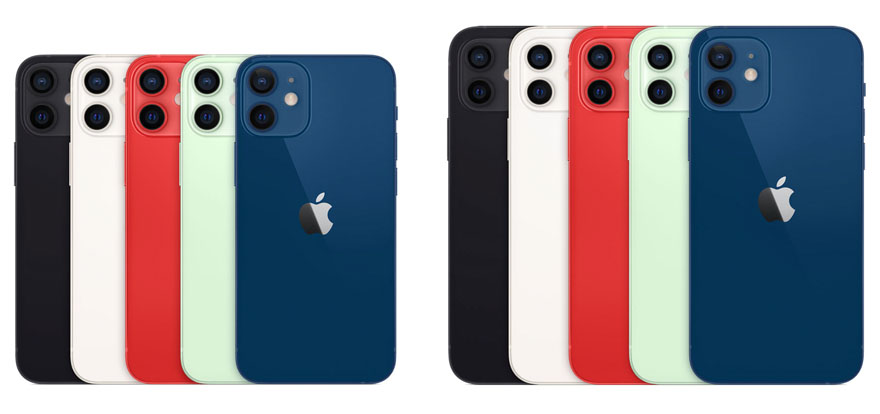
Compact Footprint and Lightweight
When comparing based the next closes size and weight, the iPhone 12 mini is smaller and lighter than its closes sibling, the iPhone SE (2nd generation). The latter uses the same iPhone design as the smaller iPhone 6, 6s, 7 and 8 with 4.7-inch display. So here is how the iPhone mini’s compact and light design compares to the iPhone SE (2nd generation).
- iPhone 12 mini: Height: 131.5 mm (5.18 inches), Width: 64.2 mm (2.53 inches), Depth: 7.4 mm (0.29 inches), Weight: 133 grams (4.70 ounces)
- iPhone SE (2nd Gen): Height: 138.4 mm (5.45 inches), Width: 67.3 mm (2.65 inches), Depth: 7.4 mm (0.29 inches), Weight: 148 grams (5.22 ounces)
By weight, the iPhone 12 mini is around 10% lighter than the iPhone SE (2nd Gen) making it the lightest iPhone compared to generations before it right back to iPhone 6.
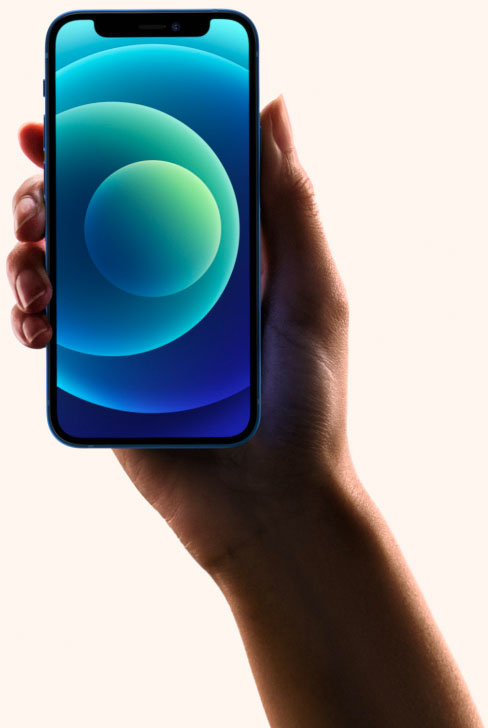
iPhone 12 mini vs iPhone 12 (standard): What am I missing out on?
We know that the iPhone 12 mini is a very capable iPhone powered by the latest A14 Bionic chip with next generation Neural Engine. And, that it is the most compact, light and thinnest iPhone in the pack. So, if you have deciding whether to pick the iPhone 12 mini over the iPhone 12, here is what you will be missing out on when going with the iPhone 12 mini.
The quick answer is, you are not missing out on much as both phones shares everything apart from the display and battery. So, the quick answer is you are not missing out on much. Pay less and get almost the same features and experience as the iPhone 12.
- Smaller Display: The obvious thing starring at you is the display, it has a 5.4-inch Super Retina XDR display (OLED) compared to 6.1-inch Super Retina XDR display (OLED) on the iPhone 12.
- Lower Resolution but Higher Pixel Density: With smaller display means less pixels at 2340×1080 vs 2532×1170 but sharper with 476 ppi vs 460 ppi when compared to iPhone 12.
- Shorter Battery Life: Again a give, smaller battery means lower battery capacity and shorter battery life. The iPhone 12 mini has 2 hours shorter battery life in video playback, up to 15 hours vs 17 hours on the iPhone 12. When streaming video, it will last up to 10 hours vs 11 hours on iPhone 12 and when playing music, it will last up to 50 hours vs 65 hours on the iPhone 12.
What are the Features that the iPhone 12 mini shares with the iPhone 12?
Loads, starting with the display features, both phones use Super Retina XDR display.
1. Same Display Tech
Apple’s move to completely remove LCD panel from their latest 12th generation offering means, the cheapest iPhone 12 mini also gets an all-screen OLED display. This means both iPhone 12 mini and iPhone 12 displays support HDR, True Tone, Wide Colour (P3), Haptic Touch, 2,000,000:1 contrast ratio, 625 nits max brightness (typical), 1,200 nits max brightness (HDR). The display is covered with fingerprint resistant oleophobic coating and has a tougher ceramic shield front for up to 4x better drop performance. Both phones have aluminium frame sandwiched between corning gorilla glass and is water resistant to a depth of 6m for up to 30 minutes (IP68 Rated).
2. Same Super Fast Chip
Both phones are powered by super fast A14 Bionic chip with next-generation Neural Engine. This is the exact same chip used to power the top of the line iPhone 12 Pro and iPhone 12 Pro Max.
3. Same Dual Main Camera Setup
In the optics department, both phones get Dual 12MP camera setup with a pair of Ultra Wide and Wide cameras...
- Ultra Wide: ƒ/2.4 aperture and 120° field of view
- Wide: ƒ/1.6 aperture
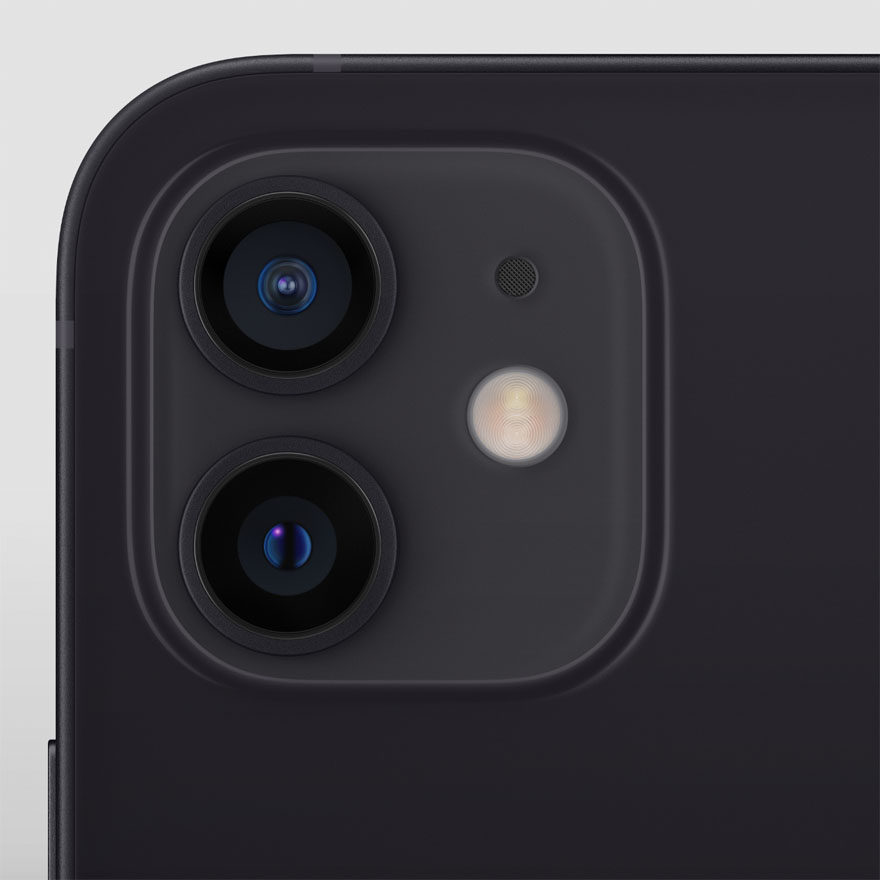
4. Same Photography Features
Together they offer 2x optical zoom out and 5x digital zoom. The main cameras support portrait mode with advanced bokeh and Depth Control and Portrait Lighting with six effects (Natural, Studio, Contour, Stage, Stage Mono, High-Key Light Mono). The Wide camera supports OIS (optical image stabilisation) while both Ultra Wide and Wide cameras support Night mode, Deep Fusion, Smart HDR 3 with Scene Detection, Wide Colour Capture. The Ultra Wide camera supports Lens correction. Other camera features shared by both Advanced red-eye correction, auto image stabilisation, burst mode and photo geotagging.
5. Same Video Recording Features
The cameras are also capable of recording HDR video with Dolby Vision up to 30 fps at up to 4K. Again, for video, the wide angle camera supports Optical Image Stabilisation and both cameras lets you take up to 2x optical zoom out and 3x digital zoom. Other video recording features supported include:
- HDR video recording with Dolby Vision up to 30 fps
- 4K video recording at 24 fps, 30 fps or 60 fps
- 1080p HD video recording at 30 fps or 60 fps
- 720p HD video recording at 30 fps
- Optical image stabilisation for video (Wide)
- 2x optical zoom out
- Digital zoom up to 3x
- Audio zoom
- Brighter True Tone flash
- QuickTake video
- Slo-mo video support for 1080p at 120 fps or 240 fps
- Time-lapse video with stabilisation
- Night mode Time‑lapse
- Extended dynamic range for video up to 60 fps
- Cinematic video stabilisation (4K, 1080p and 720p)
- Continuous autofocus video
- Take 8MP still photos while recording 4K video
- Playback zoom
- Video formats recorded: HEVC and H.264
- Stereo recording
6. Same Video Playback Features
For video playback, both supports HDR with Dolby Vision, HDR10 and HLG the full spectrum of technologies currently in use for most streaming services, movies and TV shows. The phones also support up to 4K HDR AirPlay for mirroring, photos and video to Apple TV (2nd generation or later) or AirPlay 2 enabled smart TV.
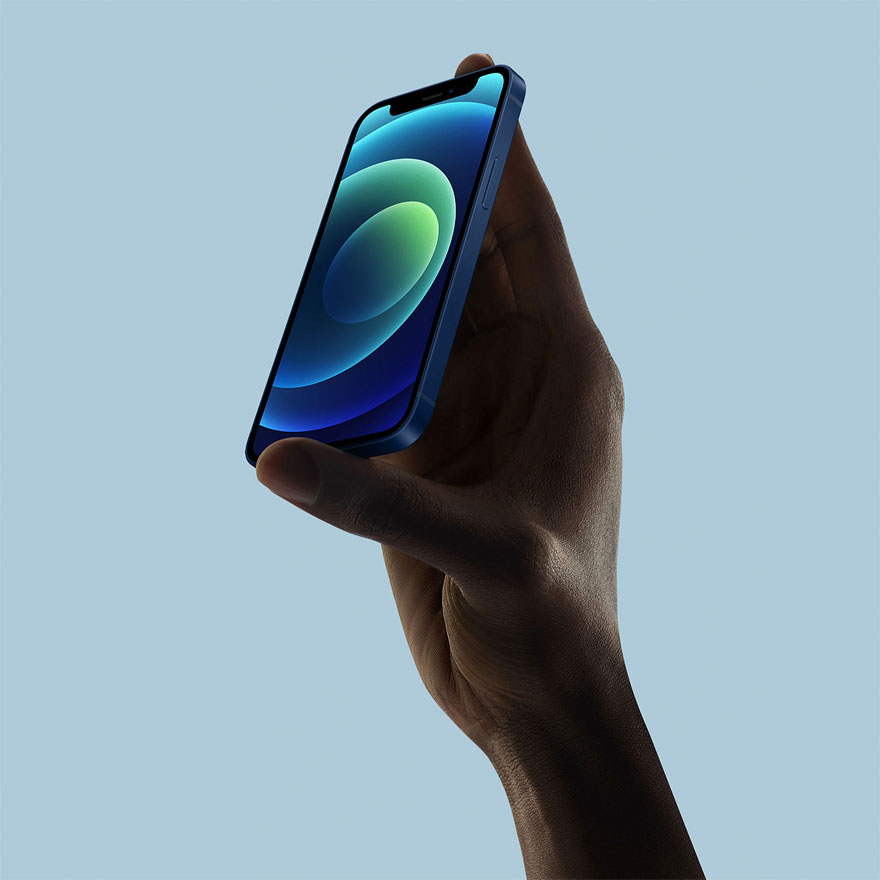
7. Same Sound System
The audio playback capabilities and format supported are exactly the same. Both phones also support spatial audio playback and Dolby Atmos.
8. Same Front Camera Setup
As for the front selfie camera, both phones come with 12MP camera up front that supports TrueDepth for facial recognition and FaceTime HD (1080p).
9. Same set of sensors
Excluding the LiDAR scanner (only available on the iPhone 12 Pro versions), both phones enjoy the same level of sensors; three-axis gyro, accelerometer, proximity sensor, ambient light sensor and barometer.
10. Same Connectivity Features
Ultimately, both phones are 5G capable with Gigabit LTE, WiFi 6, Bluetooth 5.0, Ultra Wideband chip for spatial awareness, NFC with reader mode and express cards with power reserve. The latter is a feature for Apple Pay allowing you to continue using the phone as Express Transit cards to quickly pay for rides.
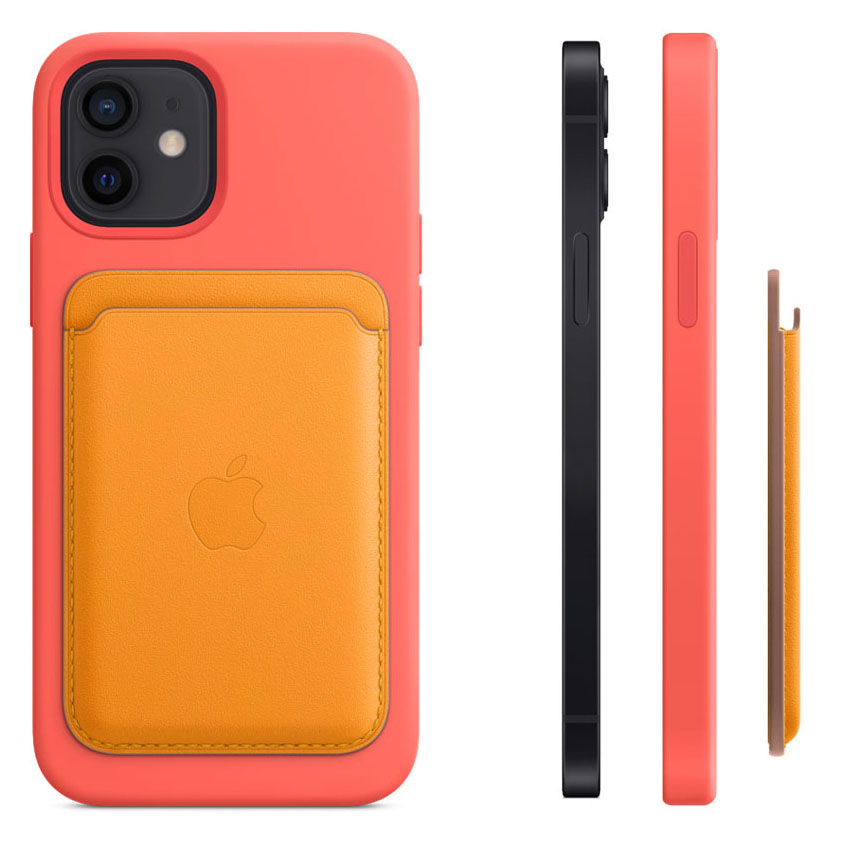
Last but not least, the iPhone 12 mini also supports MagSafe for wireless charging convenience and built for iPhone 12 stackable accessories such as the case, card wallet, charger and more. Which brings us to the point on charging, the phones support turbo charging, with the help of magnets to align the charger.


